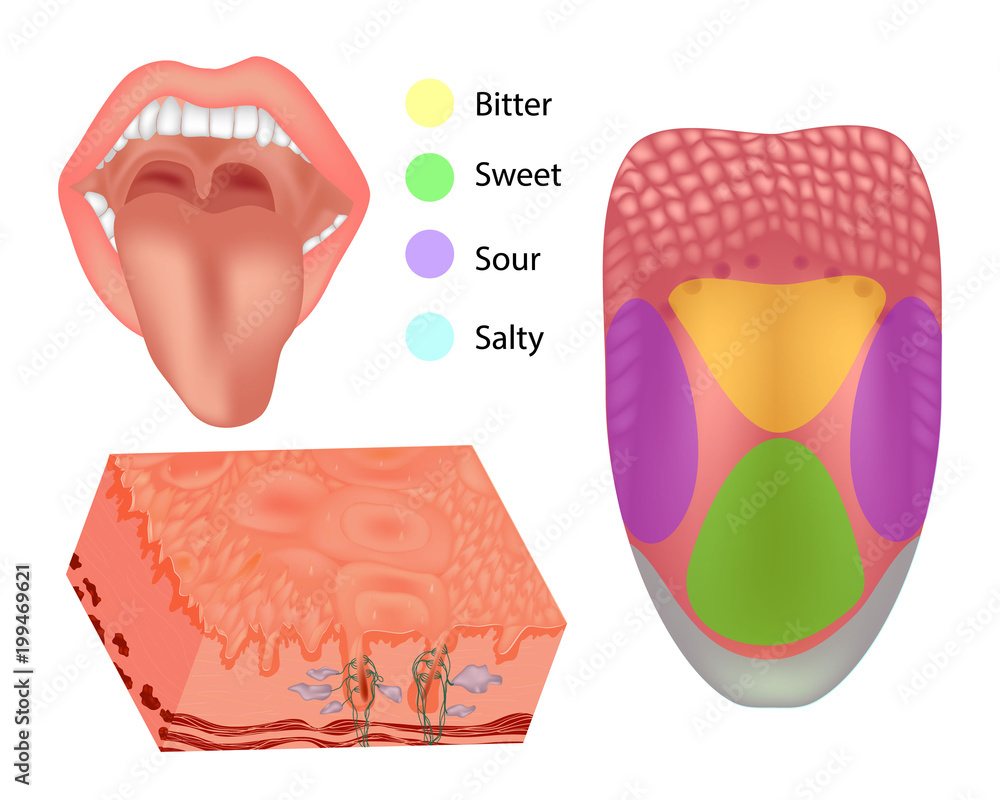Is The Tongue The Fastest Healing Part Of The Body

The human body is a marvel of biological engineering, capable of incredible feats of healing and regeneration. Among its many tissues, the tongue has long held a reputation for rapid recovery from injuries. But is this common belief scientifically sound, or merely an exaggeration passed down through generations?
This article examines the available scientific evidence to determine whether the tongue truly deserves its reputation as the body's fastest-healing part. We will explore the factors contributing to wound healing in general and investigate the specific characteristics of the tongue that might contribute to accelerated recovery.
The Healing Process: A Complex Orchestration
Wound healing is a complex biological process that involves several overlapping phases. These include inflammation, proliferation, and remodeling, each characterized by specific cellular and molecular events.
The inflammatory phase is initiated immediately after injury, with blood clotting and immune cell recruitment. Proliferation involves the growth of new tissue to close the wound, while remodeling strengthens the new tissue and restores its function.
Factors Influencing Wound Healing
Several factors can influence the speed and efficiency of wound healing. These range from the individual's overall health and nutritional status to the location and size of the wound itself.
Age, underlying medical conditions like diabetes, and medications such as corticosteroids can significantly impair healing. Conversely, a healthy diet rich in vitamins and minerals can support the process.
Blood supply to the injured area is also critical. Adequate circulation ensures that the necessary nutrients and immune cells reach the site, promoting faster healing. Wounds in areas with poor blood flow tend to heal slower and are more prone to complications.
The Tongue: A Unique Environment
The tongue possesses several characteristics that distinguish it from other tissues in the body. These unique traits have fueled the perception of its rapid healing capabilities.
The tongue has a rich vascular supply, providing ample blood flow to support healing. This abundant blood supply ensures a constant delivery of oxygen and nutrients to the injured tissue.
Saliva, with its antimicrobial properties, helps to keep the tongue clean and prevent infection. It contains enzymes like lysozyme that break down bacterial cell walls, reducing the risk of microbial colonization.
Additionally, the tongue is composed of muscle tissue, which generally heals well due to its high regenerative capacity. Muscle cells can repair and rebuild themselves more efficiently than some other cell types.
Scientific Evidence: Separating Fact from Fiction
While the tongue undoubtedly possesses features that promote healing, the scientific evidence supporting its status as the "fastest-healing" part of the body is not definitive. Studies comparing healing rates across different tissues are limited and often difficult to interpret.
Some research suggests that oral mucosa, the lining of the mouth including the tongue, heals faster than skin. However, this difference may be influenced by factors such as saliva and the type of injury.
A 2016 study published in the Journal of Oral and Maxillofacial Surgery compared healing times of oral and skin wounds in animal models. The results suggested that oral wounds healed faster than skin wounds, but further research is needed to confirm these findings in humans.
Dr. Emily Carter, a researcher specializing in wound healing at the National Institutes of Health, cautions against oversimplification. "While the tongue certainly has advantages in terms of blood supply and saliva, healing rates are highly dependent on the specific injury and individual factors," she explains.
Other tissues, such as the liver, also possess remarkable regenerative abilities. After significant damage, the liver can regrow to its original size and function.
Challenges in Measuring Healing Rates
Accurately measuring and comparing healing rates across different tissues presents significant challenges. Standardized methods for assessing wound closure and tissue regeneration are needed to facilitate reliable comparisons.
Ethical considerations also limit the extent to which researchers can conduct invasive studies on human subjects. Animal models are often used, but the results may not always be directly applicable to humans.
Conclusion: A Fast Healer, But Not Necessarily the Fastest
The tongue is indeed a fast-healing part of the body, thanks to its rich blood supply, the protective effects of saliva, and the regenerative capacity of muscle tissue. However, the claim that it is the absolute fastest lacks conclusive scientific support. Wound healing is a complex process influenced by numerous factors, making direct comparisons across different tissues difficult.
While the popular belief in the tongue's rapid healing may be somewhat exaggerated, its remarkable regenerative abilities are undeniable. Further research is needed to fully understand the mechanisms underlying wound healing in different tissues and to develop strategies to accelerate recovery from injuries throughout the body.
Ultimately, maintaining good overall health, practicing proper oral hygiene, and seeking prompt medical attention for significant injuries are the best ways to support optimal wound healing, regardless of the location.


















